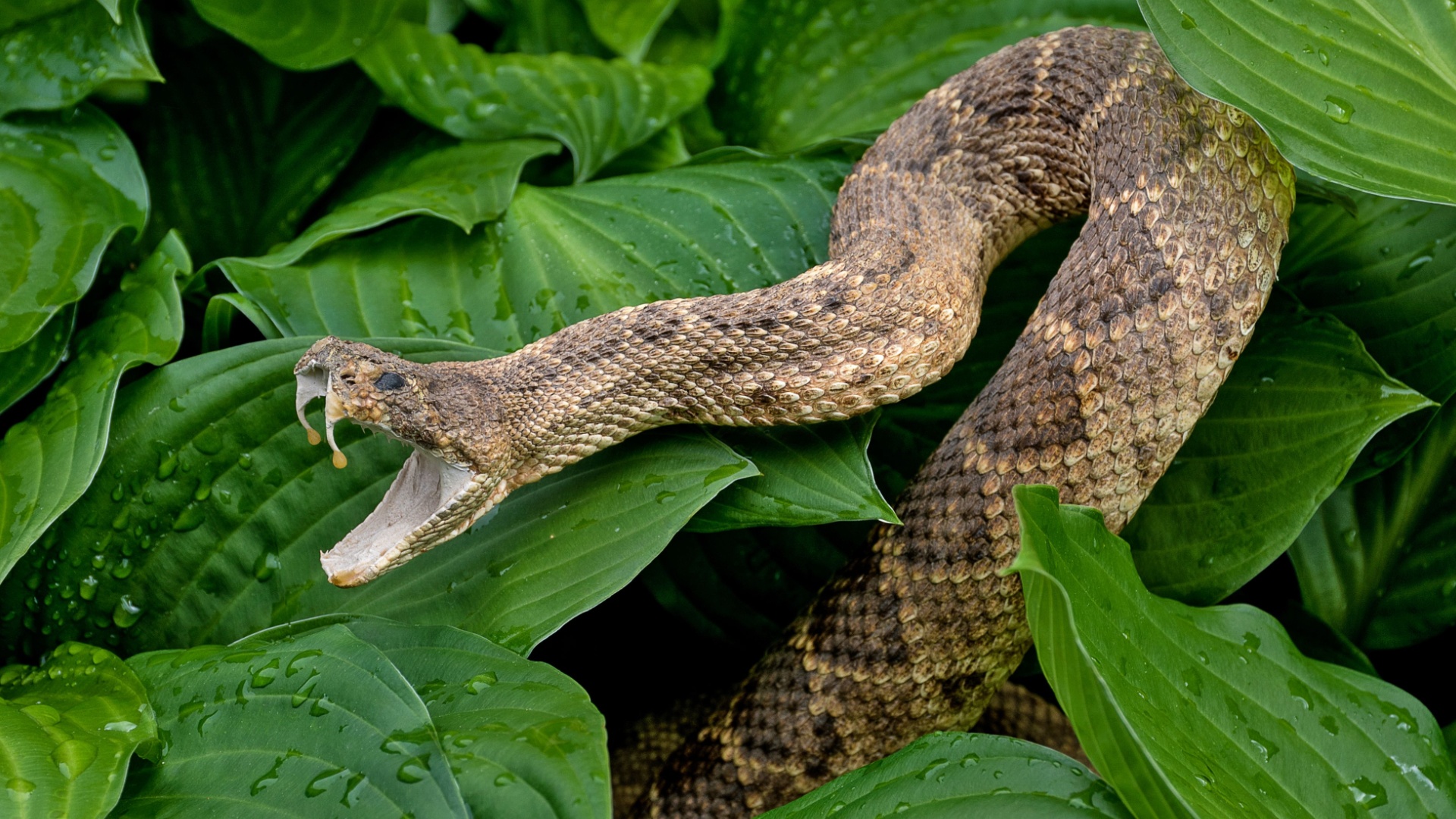Exploring the fascinating world of animals that defy nature’s dangers, we uncover the unique adaptations of creatures immune to rattlesnake venom.
These animals have evolved extraordinary defenses against toxins, showcasing nature’s resilience and innovation. From mammals to reptiles, their immunity is a marvel, offering insights into potential medical advancements for humans.
Join us on this journey to discover remarkable animals that have harnessed nature’s power to protect themselves from one of the most feared predators in the wild.
1. Opossums
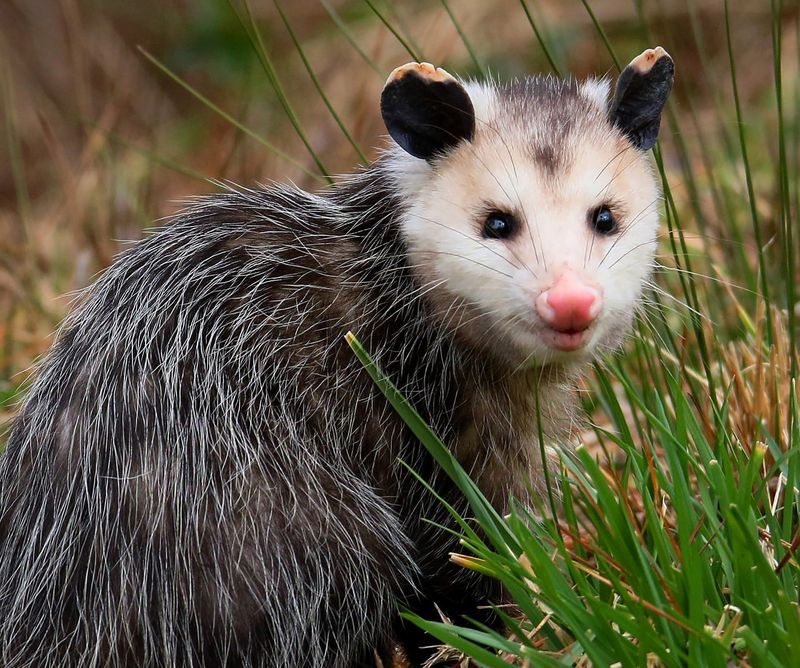
In the realm of survival, opossums stand out with their unique resistance to rattlesnake venom. This marsupial, often found in North and South America, has developed a natural immunity that fascinates scientists. Their ability to withstand snakebites is attributed to a specific protein in their blood, which neutralizes the toxins effectively.
Researchers are exploring how this protein can be harnessed for antivenom development in humans. Opossums are nocturnal creatures, scavenging for food under the moonlit sky. Their diet consists of insects, fruits, and even small animals, making them versatile survivors. Interestingly, their immunity does not make them immune to other dangers. They still face threats from predators and human activity.
Nevertheless, the opossum’s venom resistance remains a remarkable evolutionary trait, contributing to its survival strategy. This fascinating aspect of opossum biology continues to intrigue scientists and nature enthusiasts alike, offering a glimpse into the complexities of natural adaptation.
2. Honey Badgers
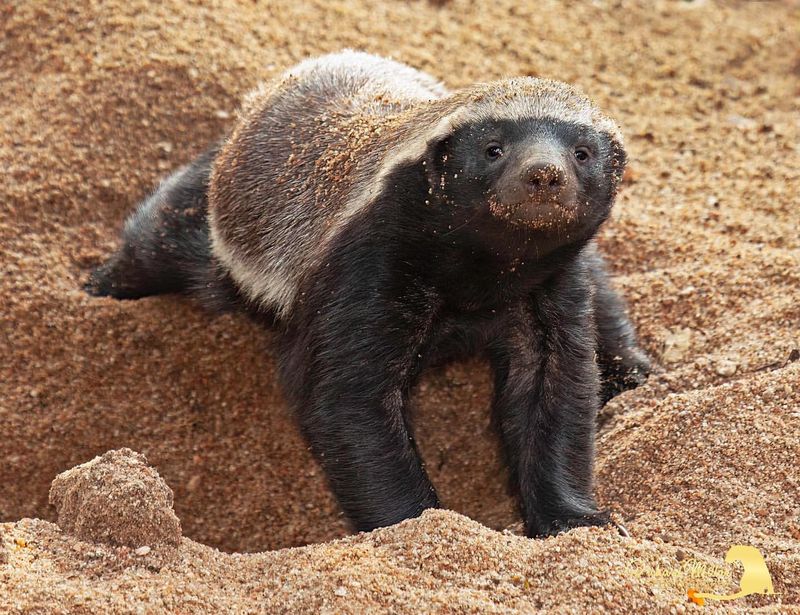
Fearless and tenacious, honey badgers are renowned for their immunity to snake venom. These mammals, native to Africa and parts of Asia, possess a high resistance to various toxins, including those of rattlesnakes. Their robust immune system allows them to survive bites that would be lethal to other animals.
Honey badgers are not just immune but also formidable predators of venomous snakes. They actively hunt and consume them, showcasing their prowess and adaptability. Their thick skin adds an additional layer of protection against venomous bites.
The honey badger’s reputation as a fearless creature is well-deserved, thanks to its incredible resilience. This immunity not only aids in their survival but also positions them as crucial components of the ecosystem, balancing snake populations.
Their ability to withstand venom continues to be a subject of scientific inquiry, potentially leading to breakthroughs in medical research for human applications.
3. Ground Squirrels
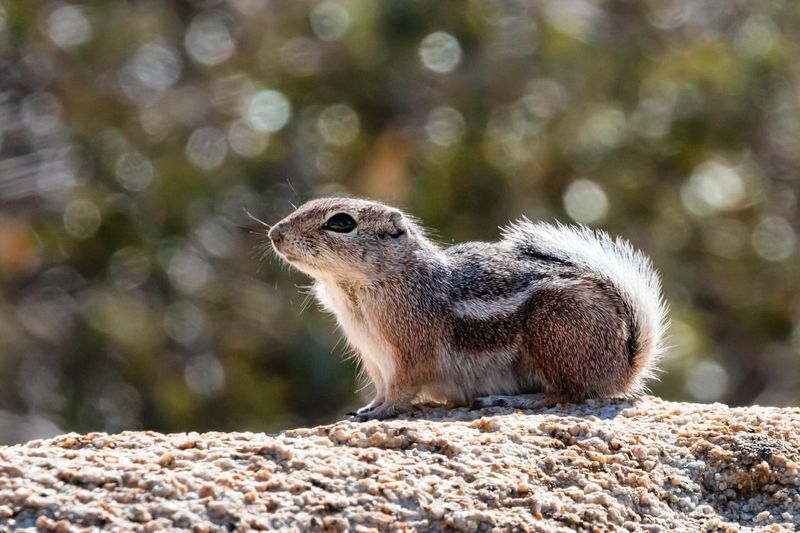
Ground squirrels, found across North America, have developed a fascinating adaptation that grants them partial immunity to rattlesnake venom. This evolutionary trait is particularly evident in species such as the California ground squirrel.
These agile creatures have an innate ability to neutralize certain snake toxins, providing them with a critical survival advantage. Their interaction with rattlesnakes is a dynamic dance of predator and prey, where the squirrels employ various tactics to avoid becoming a meal. In addition to their venom resistance, ground squirrels have keen senses and nimble bodies, which aid in their evasion strategies.
Their ability to withstand venom is an ongoing subject of study, offering insights into the complex interactions between predator and prey. This unique trait highlights the ground squirrel’s remarkable adaptability in its natural habitat, ensuring its continued survival amidst a world of threats.
4. Wild Pigs (Feral Hogs)
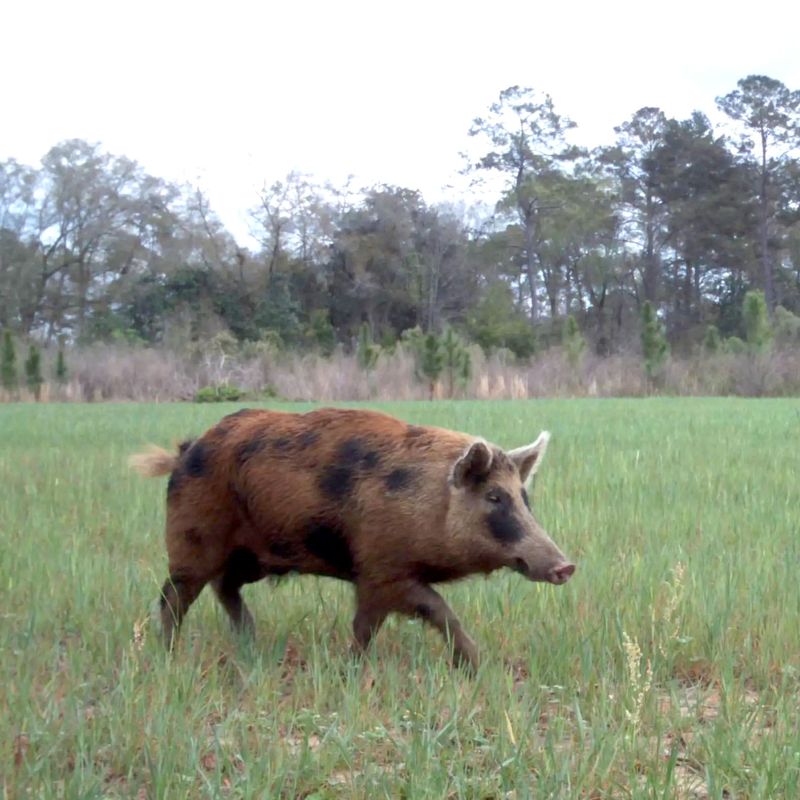
Wild pigs, also known as feral hogs, have shown a surprising resilience to rattlesnake venom. These adaptable creatures, found in various regions across the globe, have developed a natural tolerance that aids in their survival in venom-rich environments.
Their thick skin and robust immune system play pivotal roles in their ability to withstand snake bites. This resistance is not complete immunity, but it provides a significant survival advantage in their often dangerous habitats.
Feral hogs are known for their intelligence and adaptability, making them formidable survivors. They are opportunistic feeders, consuming a wide range of foods, which contributes to their success in diverse ecosystems.
Their venom resistance is yet another aspect of their adaptability, highlighting the intricate balance of nature’s evolutionary arms race. This trait is a testament to their resilience and ability to thrive in challenging environments.
5. Kingsnakes
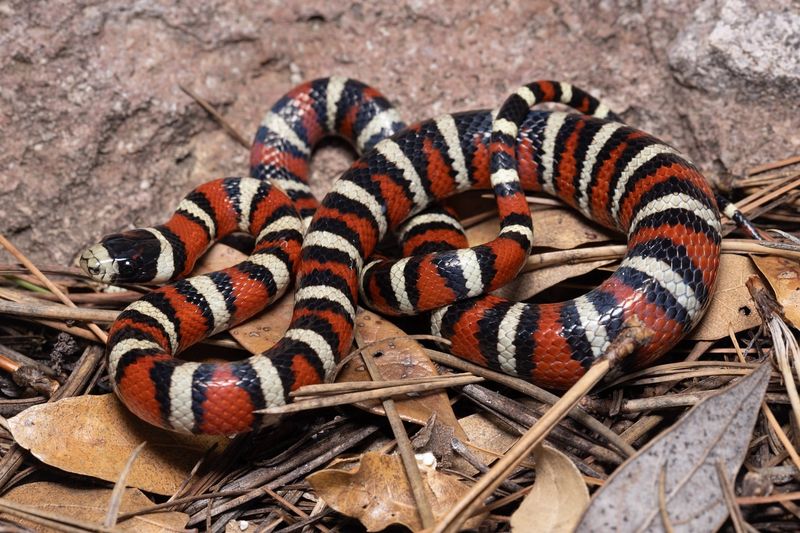
Kingsnakes, native to the Americas, possess a remarkable immunity to rattlesnake venom. This resistance allows them to prey on venomous snakes, including rattlesnakes, without fear of succumbing to the deadly toxins. Their immunity is a result of evolutionary adaptations that neutralize the venom’s effects, allowing them to be formidable predators in their ecosystems.
Kingsnakes are known for their striking patterns and colors, which serve as both camouflage and warning to potential threats. These non-venomous constrictors use their strength to overpower prey, including other snakes. Their ability to consume venomous snakes without harm is a unique ecological trait, positioning them as key players in controlling snake populations.
The kingsnake’s venom resistance continues to captivate researchers, offering insights into the evolutionary dynamics of predator-prey relationships.
6. California Ground Squirrels
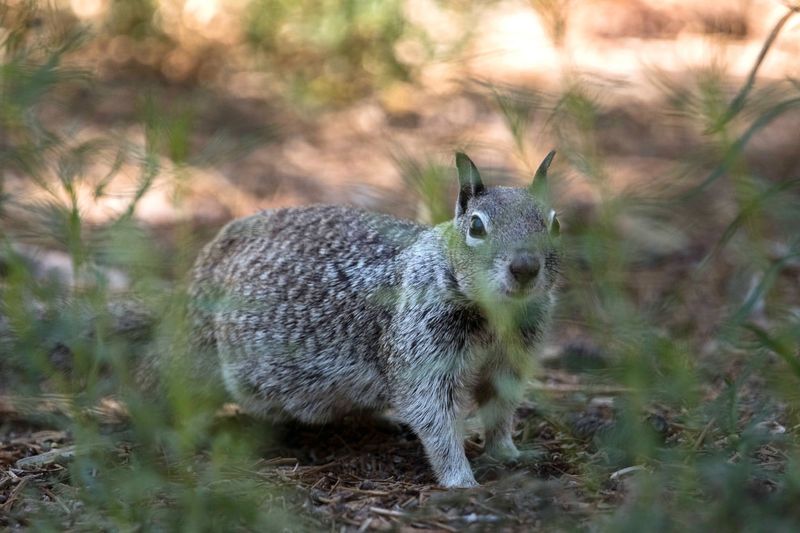
This creature exhibit a fascinating adaptation with partial immunity to rattlesnake venom. This remarkable trait provides them with a distinct advantage in their native habitats, where rattlesnakes are common predators.
The squirrels’ ability to neutralize certain venom components is a product of evolutionary pressures, allowing them to coexist with venomous threats. Their interactions with rattlesnakes involve a blend of avoidance and confrontation, showcasing their dynamic survival strategies.
In addition to venom resistance, these squirrels are adept at using alarm calls and other signals to warn fellow squirrels of approaching danger. Their resilience and adaptability are key to their success in diverse environments.
The study of their venom resistance continues to intrigue scientists, shedding light on the complex relationships within ecosystems.
7. Hedgehogs
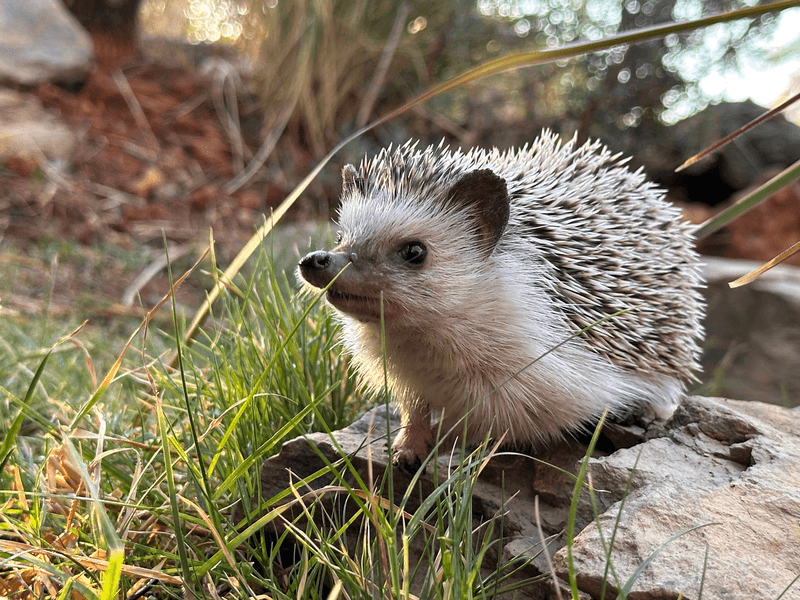
Small and spiny mammals found across Europe, Asia, and Africa. They have evolved a partial immunity to snake venom. This unique trait is an integral part of their defense mechanism against venomous predators like rattlesnakes. Their immunity is not absolute, but it significantly reduces the impact of venomous bites, allowing them to survive encounters that would be lethal to other creatures.
Hedgehogs rely on their spines as a physical barrier, deterring predators through their sharp defenses. In addition to their physical defenses, hedgehogs’ venom resistance is a fascinating aspect of their survival strategy.
This trait underscores their adaptability and resilience in diverse environments, making them a subject of interest for researchers studying natural immunity and defense mechanisms. Hedgehogs continue to captivate with their unique blend of defenses against the dangers of the wild.
8. Mongooses
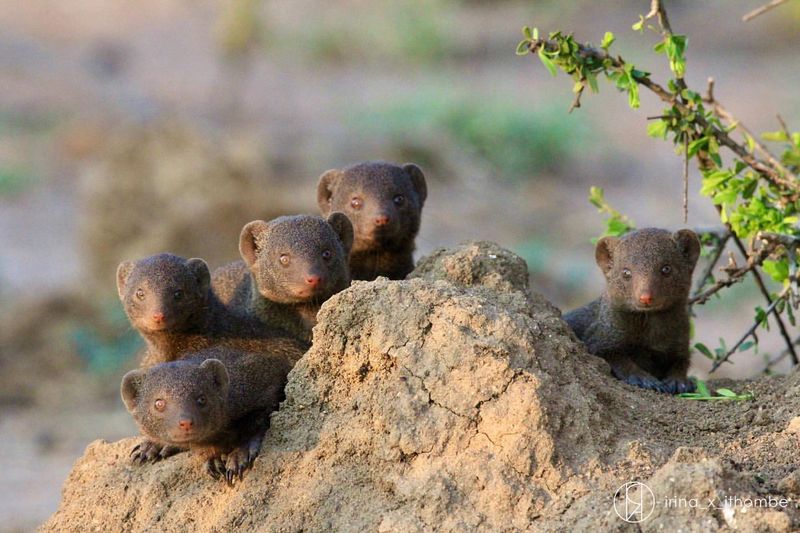
Renowned for their agility and fearlessness, mongooses are among the few animals with a unique resistance to snake venom. This trait allows them to engage venomous snakes, including rattlesnakes, with little risk of harm. The mongoose’s resistance to venom is due to specialized receptors that prevent the toxins from binding to their nervous system.
This adaptation enables them to survive snakebites that would be fatal to other animals, positioning them as skilled snake hunters. In addition to their venom immunity, mongooses exhibit remarkable problem-solving abilities and social behaviors.
They often work in groups to confront and overpower snake threats. Their role in ecosystems as snake predators is vital, contributing to the balance of animal populations. The mongoose’s venom resistance remains a subject of scientific inquiry, offering potential applications in medicine.
9. Woodrats
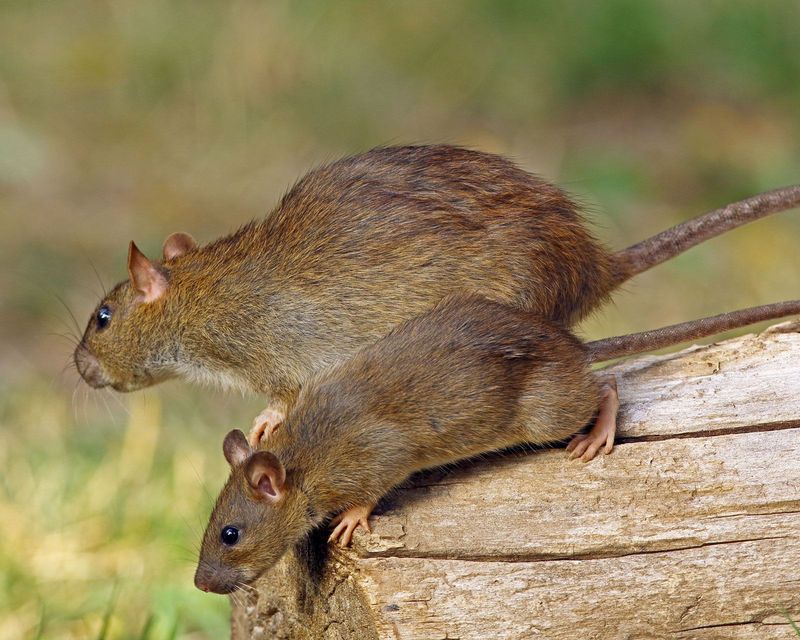
Woodrats, also known as packrats, are small rodents that have developed an intriguing partial immunity to rattlesnake venom. This adaptation is particularly useful in their native habitats, where encounters with venomous snakes are not uncommon. Their resistance to venom allows them to survive bites that might incapacitate or kill other small mammals.
Woodrats are nocturnal creatures, navigating their environments with agility and resourcefulness. In addition to their venom resistance, woodrats are known for their nest-building skills, often creating elaborate structures from twigs and leaves.
This combination of physical and behavioral adaptations aids in their survival. The study of woodrats and their resistance continues to provide valuable insights into the evolutionary arms race between predators and prey in the natural world.
10. Eastern Indigo Snakes
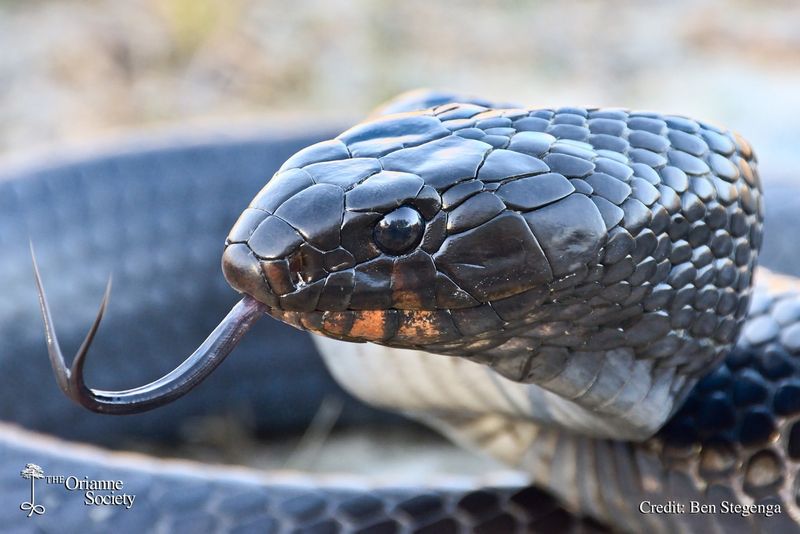
Native to the southeastern United States, Eastern indigo snakes boast a natural immunity to rattlesnake venom. This incredible adaptation allows them to prey on venomous snakes without succumbing to their deadly bites. Their immunity is linked to specific proteins in their blood that neutralize the toxins, providing them with a unique predatory advantage.
Indigo snakes are known for their striking iridescent scales, which shimmer in sunlight, making them a visual marvel in their habitats. These non-venomous snakes are apex predators in their ecosystems, helping to maintain the balance of species by controlling snake populations.
Their venom resistance and ecological role make them a subject of interest for conservationists and researchers alike, highlighting the intricate dynamics of predator-prey interactions.
11. Roadrunners
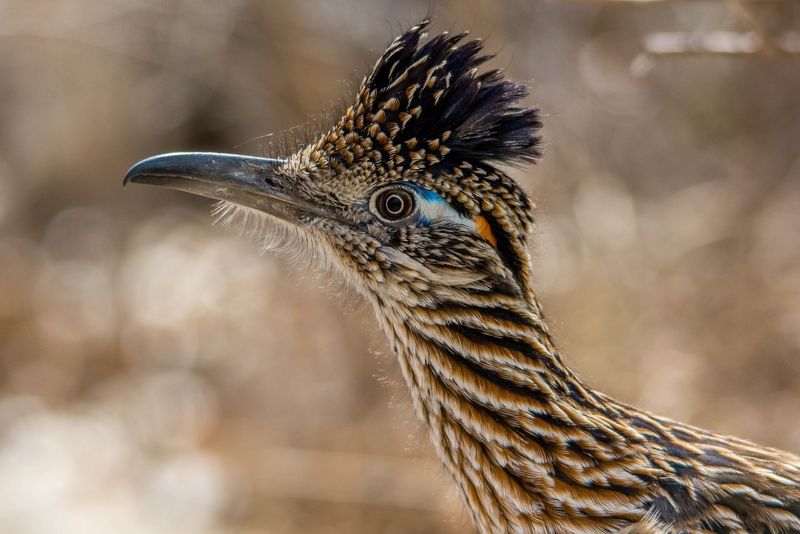
Quick and agile, roadrunners have adapted to environments where rattlesnakes are common, developing a partial resistance to their venom. This ability allows them to hunt and consume smaller snakes, including young rattlesnakes, as part of their diet. The roadrunner’s venom resistance is complemented by its speed and agility, which help it evade larger snake threats.
These birds are iconic figures of the desert, often spotted racing across arid landscapes in search of food. In addition to their hunting prowess, roadrunners play a crucial role in their ecosystems, controlling snake populations and contributing to biodiversity.
Their unique adaptations continue to be a source of scientific interest, offering insights into the balance of nature and the role of predators in maintaining ecological harmony.
12. Skunks
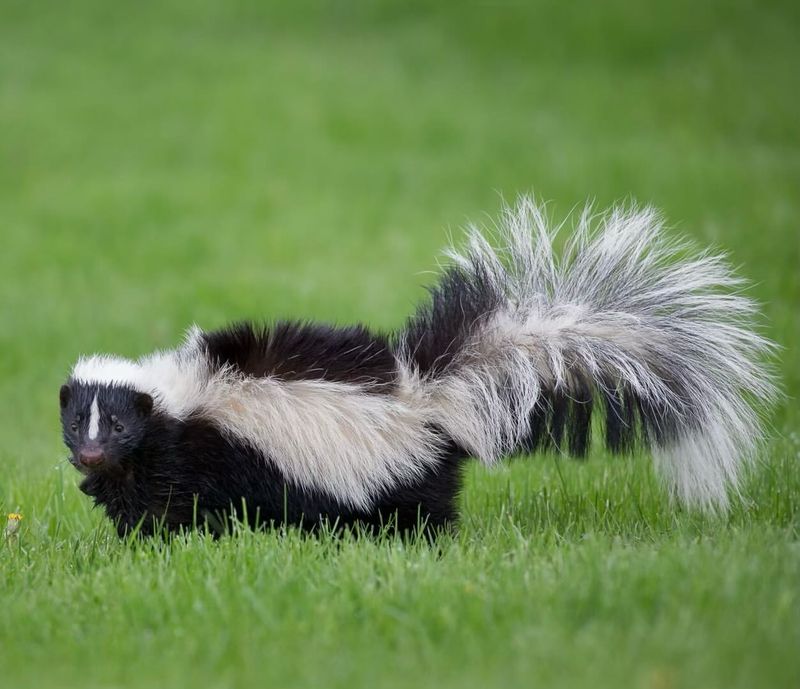
Skunks, known for their distinctive black and white stripes, have developed a notable resistance to snake venom, including that of rattlesnakes. This resistance is part of their broader survival strategy in environments where venomous snakes are prevalent.
Their immunity is linked to components in their blood that neutralize toxins, providing them with a significant advantage against venomous threats. Skunks are omnivorous and adaptable, often foraging for food at dusk.
Beyond their venom resistance, skunks are famous for their defensive spray, which deters predators through its pungent odor. These combined defenses make skunks resilient survivors in various habitats. Their role in ecosystems as both predator and prey highlights the complex relationships within the animal kingdom.
The study of their venom resistance offers potential insights into natural immunity and defense mechanisms.
13. Garden Dormice
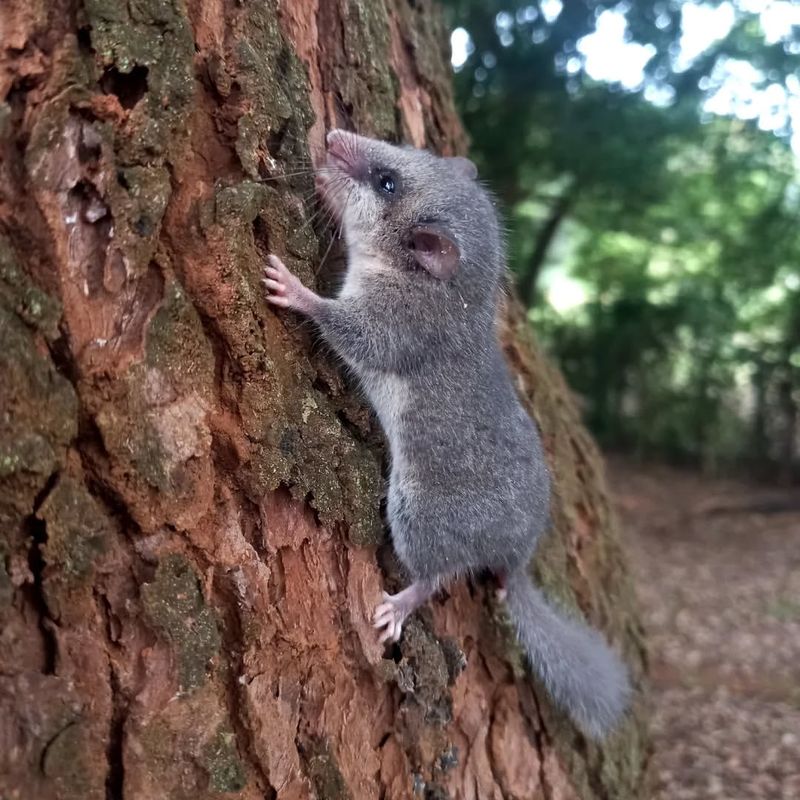
These small rodents found in Europe have shown a surprising level of resistance to rattlesnake venom. This trait is a fascinating aspect of their adaptation to environments where snake encounters are possible. Their partial immunity allows them to survive bites that could incapacitate other small mammals.
Garden dormice are known for their distinctive appearance and gentle nature, often inhabiting gardens and woodland areas. In addition to venom resistance, these dormice are adept climbers and foragers, using their agility to navigate their environments.
Their survival strategies and unique adaptations continue to intrigue researchers, offering a window into the evolutionary pressures that shape the natural world. The garden dormouse’s venom resistance is a testament to nature’s ingenuity in developing defenses against predators.

